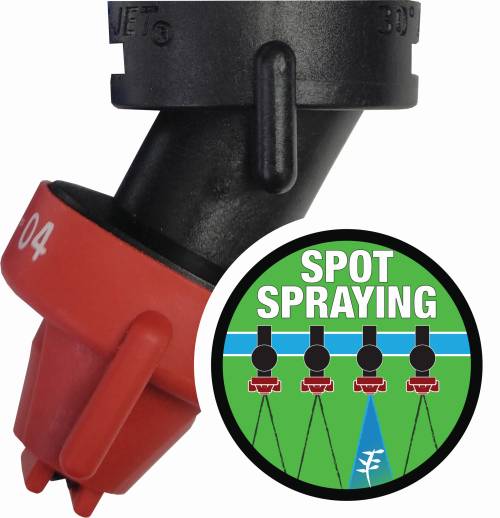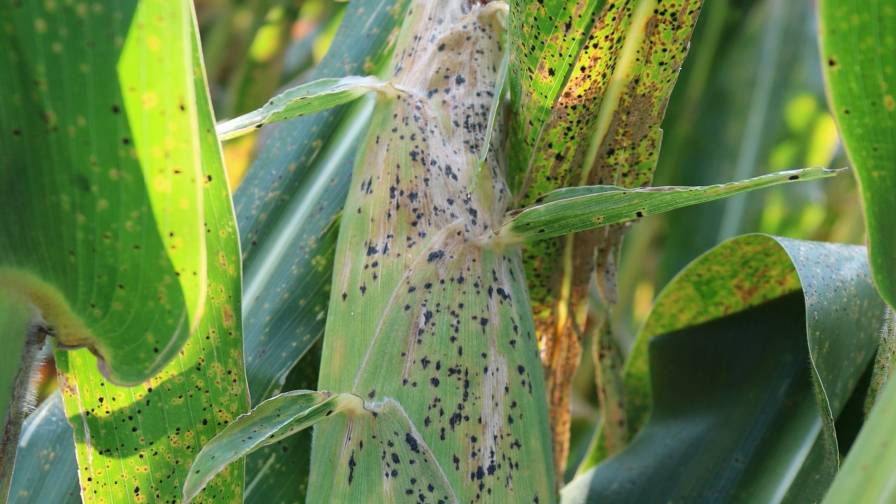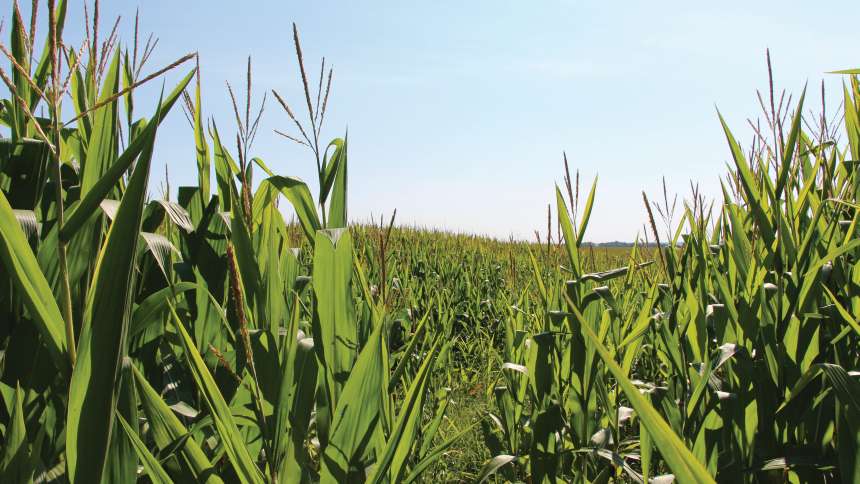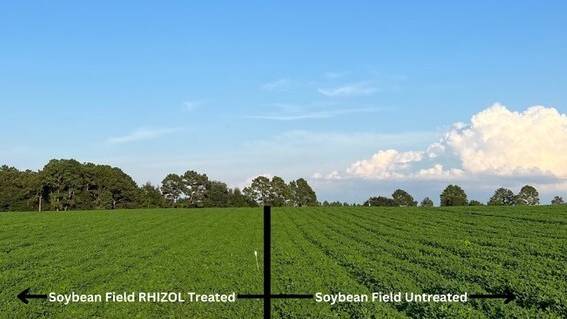Nozzles and Valves: How Spray Application Technology Continues to Advance
The nozzles and valves used to deliver products used in the field might not the “sexiest” tools, but with the increasing restrictions on crop protection products and the focus on precision application, they are among the most critical.
Their importance has certainly been reflected in the sales and investment into new products.
“2023 was a solid year for spray application nozzles and technology,” says Lucas Olenick, Marketing Manager, Wilger Industries Ltd. “New technology adoption, firmer concept-products being used in the field, and commercialization of that bridge between precision tech and field application.
“All in all, it was a good year for the focus on spray application improvement, and that improvement will continue strong in 2024,” Olenick continues. “Applicators are getting smarter, sprayers are getting smarter, and now the equipment is catching up to the applicator’s wish list in a variety of ways.”
Greenleaf Technologies President Will Smart agrees.
“2023 was another year of growth for Greenleaf Technologies,” he says. “Nozzle sales increased, but not as much as the year before. (We saw) exponential growth with our nozzles for pulse width modulation (PWM) systems. This trend is continuing in 2024.”
Perhaps the most innovative (or at least most talked about innovation), and one reflective of where the industry is headed, is John Deere’s See & Spray technology.
“Targeted spraying, expanded data, including the use of the John Deere Operations Center, is helping farmers better manage the application phase,” says Joshua Ladd, John Deere Sprayer Product Marketing Manager. “After spraying, application data is sent to the operations center. From there, farmers and their trusted advisors, including agronomists and crop consultants, can view layered maps showing where individual inputs were applied. This data shows the chemical savings compared to broadcast application.”
Looking Ahead
“For the 2024 season, continued innovation in precision agriculture technology is expected to drive further advancements in nozzle and valve solutions,” says Marty Heyen, Director of Marketing, TeeJet Technologies. “(We) are likely to focus on enhancing product performance, efficiency, and integration with digital farming platforms to meet the evolving needs of farmers. This can be done through the electronic or precision products side of the TeeJet product offering or through tips and nozzles specifically designed to work with these precision farming products.”
The past several years has seen the rise of PWM valves, that are used to control the flow of solenoid valves by breaking the valve’s voltage into a series of “on” and “off” pulses. “We expect the trends noted above to continue,” Greenleaf’s Smart says. ”All of the major self-propelled sprayer manufacturers are offering PWM systems, and other companies are selling aftermarket solutions that can be added to existing equipment already in the field. Once a farmer or applicator adopts this technology, they rarely go back to conventional spraying. Customers will continue to look for nozzles that can provide better coverage and efficacy with PWM systems.”

A spot spraying nozzle from Wilger. Photo Credit: Wilger Industries Ltd.
Wilger’s Olenick expects end-users will continue to incorporate the newest offerings into their spraying routines.
The 2024 season will bring “new focus on nozzle requirements for new tech adoption (spot spraying, drone spraying),” Olenick says. “Applicators are still piecing the puzzle together as how spot and drone spraying impacts their use of proper spray nozzles.”
Market Drivers
“The adoption of digitalization and Agriculture 5.0 principles are major drivers of change in the market,” TeeJet’s Heyen says. “Farmers have access to vast amounts of data from sensors, satellites, drones, and AI tools enable more informed decision-making regarding planting, irrigation, fertilization, and pest management. This ultimately will lead to improved productivity and efficiency.”
In addition, Wilger’s Olenick expects new solenoid adoption for spot-spray specific problems, more drone applications, and new PWM spray systems.
Olenick sees another influence that affects how nozzles are selected with, “continued demand for narrow angle spray nozzles, both due to European machines imported into North America and spot spraying,” he says. “Requirements for consistent and fast-spraying nozzles will be key in better serving spot spraying systems.”
Latest Technology
“New valve products have been developed to meet the increasing need for individual shut-off of nozzles, whether PWM controlled or not,” says TeeJet’s Heyen. “Controlling individual nozzles provides the greatest application resolution and accuracy, while reducing pattern overlap, over application, and wasted chemical. These shut-off valve technologies, coupled with controllers, guidance, and planning tools, can optimize application and efficacy.”
Spot spraying is on it’s way to being the norm.
“While PWM technology is gaining rapid acceptance, spot spraying (green on brown and green on green) is still in its infancy,” Greenleaf’s Smart says “There are a few systems on the market, but they have not been used over a large amount of acres. Our SpotFan 40-degree nozzles are being used on systems in North America and around the world to target individual weeds and reduce herbicide inputs.”
Deere’s Ladd echo’s that sentiment.
“For the nozzle market, targeted spraying technology has moved customers to nozzles with a narrower spray pattern,” he says. “By reducing the amount of spray going through the nozzle, customers are seeing greater opportunity for non-residual chemical savings.”
Ongoing Drift Concerns
Headlines have shifted away from drift issues, but that doesn’t mean it’s not a topic that concerns growers.
“Drift is still a significant concern,” Wilger’s Olenick says. “Drift reduction nozzles are relatively plentiful, and often can begin to get too coarse (resulting in loss of coverage). Wilger continues to adapt different means to maintain significantly reduced drift-able fines while maintaining coverage levels consistent with what is required by the applicator.”
One way to limit drift is to use less product and focus only on the problem.
“With targeted application technology, we know post-emergence herbicide can be reduced by more than 50% (de-pending on the crop and according to internal trials conducted by the company),” Deere’s Ladd says. “The targeted nozzles used in the See & Spray application are designed to reduce drift, helping expand the efficacy of the products used for weed control.”
It’s not just cameras and computers that manage drift issues. The valves themselves are designed to help manage the issue.
“Spray drift remains a significant concern in agricultural spraying,” says TeeJet’s Heyen. “The latest nozzle and valve solutions incorporate drift reduction features such as pre-orifice and air-induction technology to minimize off-target movement of spray droplets. These innovations ensure more efficient and environmentally friendly spraying practices.”
Even with the new drift reduction-focused tools, growers must find the right product.
“Drift is certainly still a primary factor for applicators when choosing nozzles,” Greenleaf’s Smart says. “Even if the newer auxin products like dicamba get pulled from the market next year, farmers will still have to be concerned with off target spray drift. Drift is not just a liability; it is wasted product.







